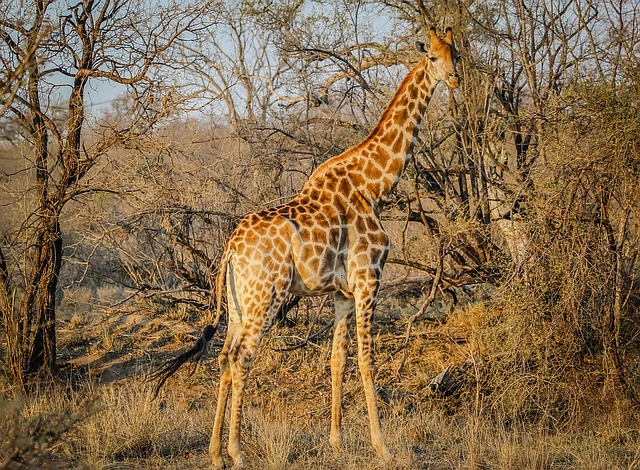In Tokyo's Tama Zoological Park, a baby giraffe was filmed running around its mother and the scene may have caused enormous joy among the zookeepers as it is the 190th giraffe calf to be born at the animal conservation center since 1964. The video may make you feel "awe" but the joy is short-lived when the numbers of fast-declining giraffes is thrown in.
Yes, the population of the giraffe is decreasing dramatically over the past three decades and we are hardly aware of the reason behind it. While the world is facing a massive healthcare crisis due to the Coronavirus pandemic, the dropping population of other inhabitants of the earth remains unnoticed to many.
Video News: 190th baby giraffe at Tokyo's Tama zoo gallops in enclosure
— The Mainichi (Japan Daily News) (@themainichi) October 7, 2020
https://t.co/xnMkoEV75Y
In the 1980s, the total number of all giraffe was estimated at more than 155,000, but in 2015 according to International Union for the Conservation of Nature (IUCN) the population came down to 97,000, and it is decreasing continuously.
In Africa, specifically, the population has dropped because of habitat loss, poaching, and civil unrest. As per IUCN's global Red List of threatened species, the giraffe is now considered to be vulnerable. Dr. Julian Fennessy, Co-Director and Co-Founder of the Giraffe Conservation Foundation (GCF) told BBC that the creatures are undergoing a "silent extinction".
"While there has been great concern about elephants and rhinos, giraffes have gone under the radar but, unfortunately, their numbers have been plummeting, and this is something that we were a little shocked about, that they have declined by so much in so little time," he said.

Giraffe Population Under Threat
While the rapid growth of the human population—which is currently over seven billion—triggered the expansion of agricultural and other forms of development, it has caused habitation loss for giraffes in many parts of Africa.
As per a report, there has been an increase in the international trade of giraffes due to lax regulations, with giraffe leather growing in popularity for home decor, vanity bags and such items in the US.
In 2019, the US Fish and Wildlife Service announced that it was reviewing whether giraffes should be added to the Endangered Species Act's threatened and endangered wildlife list, and a few weeks later IUCN officially listed the Masai giraffe—one of the biggest giraffe species on earth, inhabitants of Kenya and Tanzania—in its endangered list.
According to National Geographic, the total population of this species went down by about 50 percent over the past three decades. As per another report, Nubian and Kordofan giraffes are both critically endangered now, while the Reticulated giraffe is labeled as endangered species.

An investigation revealed that from 2006 to 2015, around 40,000 giraffe parts were imported into the US from Africa and these parts were used to make some weird and unnecessary items—such as giraffe skin bible covers, giraffe bone pistol grips, knife handles, cowboy boots, and taxidermied baby giraffes.
The Humane Society International reported the scale of potentially illegal wildlife products, killing of the animals and selling the animal-based products in the market. The investigation revealed that hunters will pay tens of thousands of dollars to kill giraffes on trips to Africa.
Adam Peyman of HSI's wildlife department said, "It was easier to import giraffe skins, bones and trophies than an elephant, for example, because they weren't CITES-listed (Convention on International Trade in Endangered Species)." According to him, a vendor told during the HIS investigation that "it was hard to import elephant products, so giraffes were this 'new exotic' to replace a strictly-regulated species."









